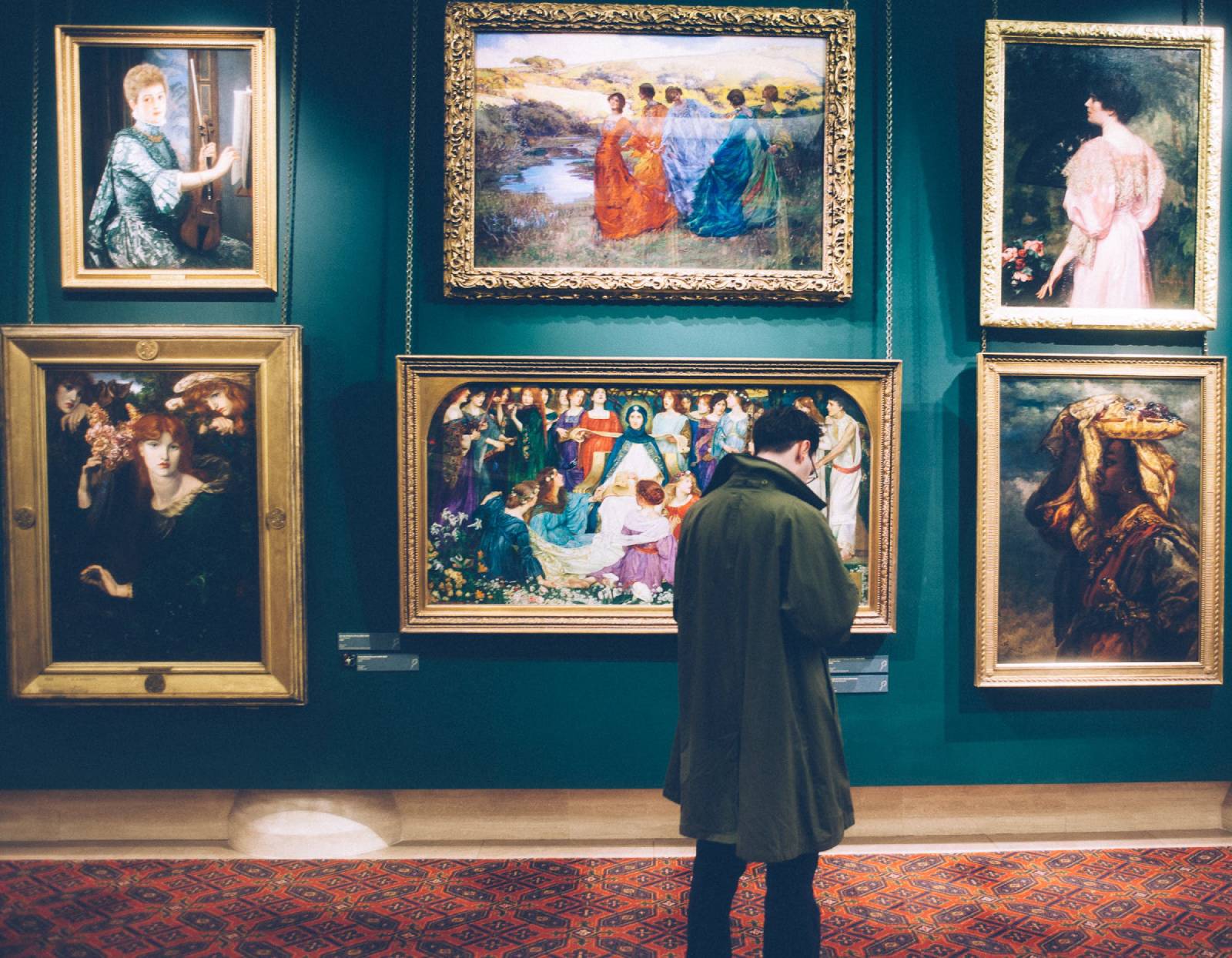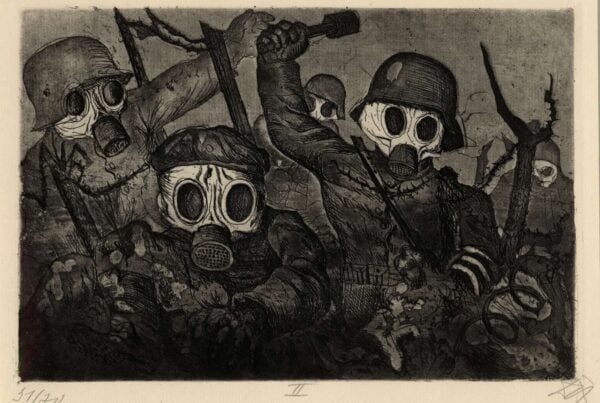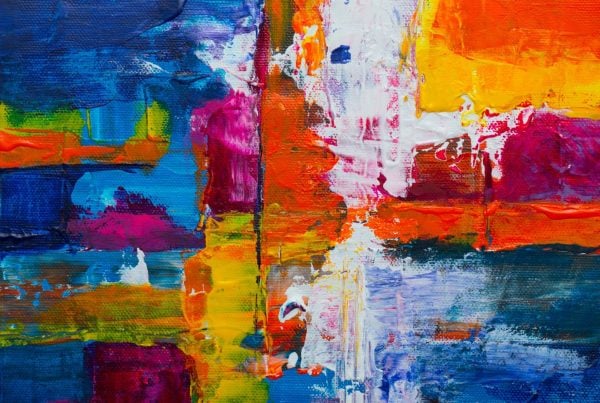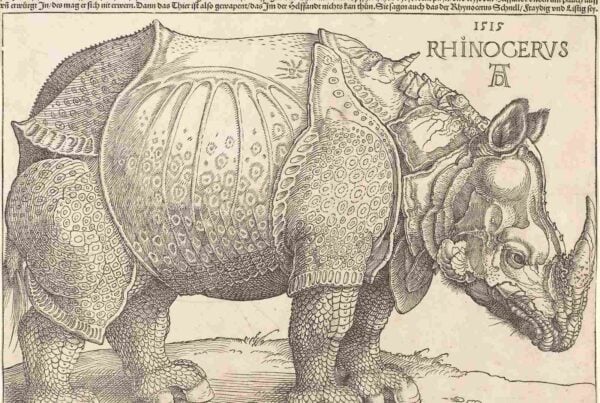Museums stand as custodians of culture, history, and art, playing a pivotal role in preserving the artistic heritage of societies around the world. They are not just buildings housing artefacts but are institutions that breathe life into history, making it accessible and relevant to the present. Museums, with their diverse collections and exhibits, act as a bridge to history, providing rich insights into different cultures, historical periods, and art movements. They act as educational resources, offering a unique learning environment that complements traditional academic settings.
Table of Contents
The Intersection of Art Essays and Museums
The Role of Academic Writing in Art Appreciation
In the realm of academia, particularly in subjects related to art history and criticism, art essays are a fundamental tool for understanding and analysing artworks. These essays often require students to engage deeply with artworks, prompting visits to museums for firsthand observation and study. This is where the idea of hiring a professional essay writing service to pay someone to do my homework often comes into play. Such services can assist students in crafting well-researched and insightful essays, though it’s essential that students themselves experience the direct impact of viewing art in person.
Museums as Research Resources for Students
Museums serve as vital educational resources for students, providing access to a wealth of primary sources in the form of diverse artworks. These collections are instrumental in producing accurate and insightful art essays, offering firsthand experiences that deepen students’ comprehension of art styles, historical contexts, and artists’ backgrounds. Museums offer students the opportunity to interact with rare and extraordinary artifacts, providing unique insights that go beyond the scope of conventional classroom education. They also provide a sensory experience that is crucial for a comprehensive understanding of art and its impact.
In addition to housing artworks, many museums also contain archives and libraries, making them invaluable for academic research. Students can find original documents, rare books, and historical records that offer a depth of information beyond the artworks. This holistic approach to learning encourages interdisciplinary studies, connecting art with history, literature, and cultural studies.
Museums: Preserving Art for Posterity
Conservation and Restoration Efforts
Museums play a crucial role in the conservation and restoration of artworks, employing skilled conservators who use a blend of art, science, and technology to preserve these treasures. This process not only includes preventative care to protect artworks from deterioration but also often involves complex restoration projects to return damaged art to its former glory. The work of conservators is a delicate balance between preserving the original intent of the artist and ensuring the longevity of the piece.
For instance, the Metropolitan Museum of Art in New York City has a comprehensive conservation department with over 110 staff members dedicated to the preservation of its collection, showcasing the significant resources and expertise dedicated to art conservation. These efforts are vital in safeguarding the artistic heritage for future generations and maintaining the cultural and historical integrity of the artworks.
Documentation and Research
Museums are also centres of documentation and research. Each artwork is meticulously documented, including its creation, history, changes in ownership, and any restorations it has undergone. This information is vital for understanding the artwork’s context and significance. Museums often collaborate with academic institutions, providing resources and expertise for scholarly research. These collaborations enrich the academic study of art and contribute significantly to the body of knowledge in art history and conservation science.
Showcasing Art: The Role of Exhibitions
Curating Exhibitions
The process of curating exhibitions in museums is an art in itself. These exhibitions are thoughtfully composed, often telling a story or exploring a specific theme or period in art history. The curatorial process involves selecting artworks that not only have aesthetic value but also contribute to the narrative or educational goal of the exhibition. Curators work to create a dialogue between different artworks, enabling visitors to gain a more nuanced understanding of the themes presented.
A notable example of the impact of curation is the Louvre Museum in Paris, which in 2019 attracted 9.6 million visitors, many drawn to the carefully curated collections that showcase the breadth and depth of human history and creativity. This highlights the immense responsibility and influence curators hold in shaping cultural and educational experiences in museums.
Accessibility and Education
Museums are increasingly focusing on making art accessible to all. This includes designing exhibitions that are inclusive and engaging for a diverse audience, including interactive elements, multimedia presentations, and educational programs tailored to different age groups and backgrounds. These efforts are crucial in democratising access to art, ensuring that it is not just the domain of the elite but can be enjoyed and understood by the wider public.
Impact on Learning and Cultural Understanding
- Enhancing Academic Learning. Museums offer students real-life examples of art, providing a tangible context to complement their classroom learning and assignments. The hands-on experience provided by museums is crucial, as it enhances comprehension and aids in the retention of academic material. The immersive environment of a museum can bring textbook theories and historical facts to life.
- Fostering Cultural Appreciation. By exposing students to a wide array of artworks from different cultures and time periods, museums play a vital role in fostering cultural appreciation and understanding. They offer a window into the diverse ways in which humanity has expressed itself through art, helping to broaden students’ perspectives and cultivate a more inclusive worldview.
- Encouraging Critical Thinking. Visiting museums and engaging with art fosters critical thinking and analytical abilities. It teaches students to carefully observe, interpret visual elements, and grasp the wider social and historical implications of the art pieces. This type of analysis is essential not just in art studies but also in developing a critical and inquisitive mindset that is valuable in all areas of academic and personal growth.
Conclusion
Museums hold a vital position in both the preservation and exhibition of art, ensuring its accessibility and appreciation for future generations. They serve as bridges between the past and present, offering invaluable resources for learning, cultural appreciation, and academic research. For students looking to deepen their understanding of art, museums offer a real-world context that complements their studies and assignments. While the best essay writing service can assist in academic pursuits, the firsthand experience and knowledge gained from museum visits are irreplaceable and form a critical part of a well-rounded education.
Author Bio
Nicole Hardy is an essay writer, renowned education and arts journalist, widely recognised for her insightful and comprehensive coverage of performing arts education. With a career spanning over a decade, Hardy has established herself as a leading voice in the field, known for her in-depth analyses and engaging writing style. She holds a Master’s degree in Journalism from the University of Arts, where she specialised in arts and culture reporting.








